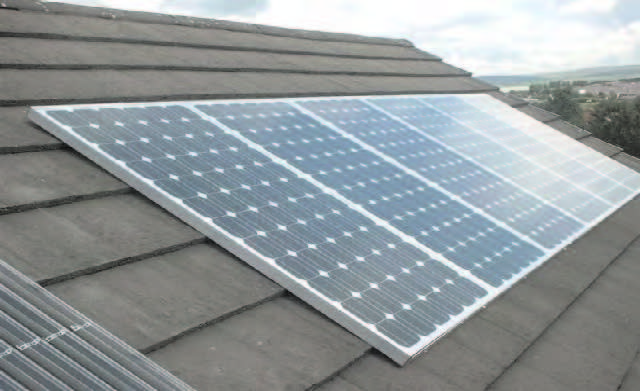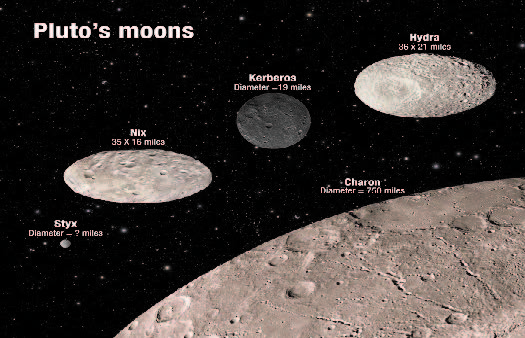
In yet another display of Gujarati ‘jugaad’, a team of scientists from Gandhinagar-based Gujarat Energy Research and Management Institute (GERMI) has designed solar panels that can be stacked one on top of the other. These solar panel stacks occupy much less space but harvest more of the sun’s energy.
The GERMI team showed how stacking up photovoltaic (PV) cells (or solar panels) makes them up to 90% more efficient for harvesting and generating power without having to use huge plots of land to spread out the panels.
The team led by GERMI director Prof T Harinarayana and Pragya Sharma simply stacked two solar panels, one on top of the other and separated by a distance of 3m, 5m and then by 10m. The idea was to eliminate the problem of shadow cast on the bottom panel by the solar panel on top during the following time periods in a day — from 9am to 12pm; 12pm to 3pm; and 3pm to 5pm.
The team’s ‘jugaad’ lay in attaching a system of mirrors to the solar panel stack so that the former reflected sunlight directly on to those parts of the bottom solar panel that did not get light between 12pm and 5pm. With such an arrangement, the power output on a typical day in Gandhinagar increased to 479kWh with a two-layer solar panel stack. In the space occupied by this stack, a 756sqm spread of solar panels could produce only 252kWh power.
“The distance between two solar panels works best if the distance is 5 meters. The height should be adjusted after detecting wind pressure.Such stacks would be useful for rooftop solar power generation, particularly on top of apartments where space is usually limited. Right now, the mirror system’s movement is mechanical. The advanced version will use sensors and automatically adjust mirrors,” said Harinarayana.





Be the first to comment